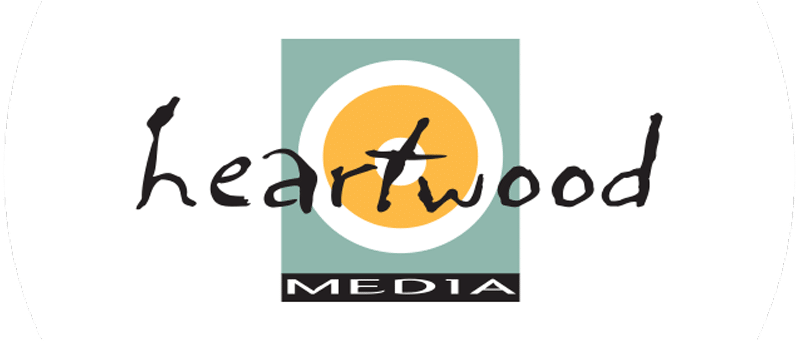With the introduction of smaller, inexpensive video cameras, more and more clients are shooting their own video. They’re not necessarily shooting entire productions, but grabbing quick interviews and getting a quick feel for an event.
These cameras (the Flip is one of the most popular) are great. They come in a small package and make good quality video. But great picture quality alone doesn’t tell a great story. Composition, sound, continuity – the things that help to tell a compelling story – are the responsibility of the videographer.
Sometimes Flip video works. Sometimes it doesn’t. I’ve put together a few quick tips that I’ve passed along to clients to help improve the video they supply to us for editing:
- Wait for 2 seconds before you ask your question. Often the beginning of an answer gets cut off because the camera wasn’t recording before the person began to speak.
- Stay wide – wider shots are steadier. If you can brace your arms on a table top, or lean against a doorway that can help to steady the shot.
- Don’t zoom or pan. Try to think about telling the story with a series of static shots rather than zooming or panning. Zooms and pans can work, but too much can be awful. I’ve seen videos that require dramamine… 🙂
- Try to get as close to the subject as possible when shooting. These cameras have built-in microphones and if there is a lot of ambient noise, they’ll be difficult to hear. The same goes for a large room. The echoes can be distracting.
- Avoid windows. An interview subject against a window will show up as a silhouette.
If you have enough time, I’d recommend shooting something quickly and looking at it on a computer to see how it looks and sounds. Shoot someone in the type of environment you’ll be in when doing your interviews to see how the lighting affects the image and the ambient sound interferes with what you’re trying to record.


Flip is well marketed but not practical the sony bloggie for under two bills or the kodak (not actually made by kodak) will give you higher video quality and a more effective feature range. Opt for the larger camcorder when possible. Yes, more money but, better low light capabilities and generally better audio recording built into the camera (ie Canon HF or HFS series capable of accepting an off brand external microphone.) Or sometimes cheaper than a camcorder, depending on the camcorder, the Panasonic GH1 or GF1 micro 4/3 digital SLR with an external microphone will give you extraordinary video quality and double as a high quality still camera making it a pretty amazing tool. Or if it’s a one time thing you can rent small camcorders now from a local company called Glass and Gear I haven’t found a place that can touch theirs and they local pick up around New Hampshire including Hunt’s Photo on south willow.
Silhouettes against windows can be improved and sometimes even eliminated depending on the light coming in by using inexpensive light solutions from Dot Line, Sima and Promaster. Light wieght LED light Panels for under $100.
But pay someone professional to do it when the budget permits.
Comments are closed.